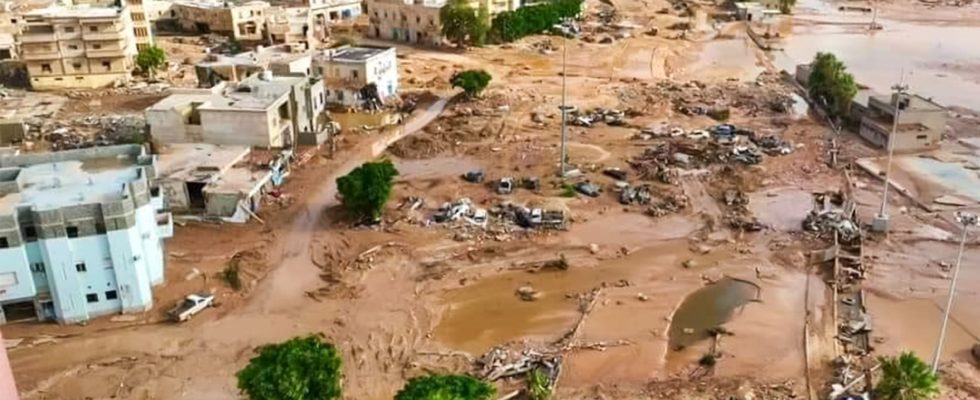The journalists of NBCNews have done their math: in the space of eleven days, at least eight floods with catastrophic consequences occurred, sparing no continent. At the beginning of September, torrential rains fell on the southwest of the United States, disrupting the end of the Burning Man festival and panicking the meters of the National Weather Service in Las Vegas (Friday September 1 was thus qualified as the worst day humid for the last eleven years). Floods then hit Spain where several regions received more than 200 liters of water per m2 in the space of 24 hours. Then it was Brazil’s turn to suffer the bad weather linked to the passage of a cyclone. In the south of the country, extraordinary rainfall ended up washing away homes and flooding the streets of several dozen towns. At the same time, Hurricane Daniel began its devastating journey in Europe, first dumping torrential rains on Greece, Turkey then Libya, while on the other side of the world, in the south of China and Hong Kong residents suffered the worst floods in over 140 years!
In the midst of the Covid epidemic, scientists were talking about “clusters” to refer to grouped cases of contamination. We are now discovering that this term can also be applied to extreme weather phenomena. “This concentration of floods on all continents over a relatively short period represents an anomaly,” confides an American climatologist. And of course, global warming undoubtedly plays an amplifying role. For each increase of 1°C of the average temperature, the atmosphere would contain around 7% more humidity, scientists tell us. Under these conditions, storms can therefore generate more abundant and more concentrated precipitation in space or time.
Of course, other factors influence precipitation and the damage it causes. The monsoon, for example. This is suspected of having played a role in the devastating floods in Pakistan in the summer of 2022. The Libyan example also shows that the obsolescence of certain installations, such as dams for example, the political situation or even the lack of he information of the population can also worsen the human toll of extreme weather events.
Effective countermeasures but still little deployed
“However, in Europe there is a growing consensus that climate change will intensify the hydrological cycle, increasing the strength and likelihood of flooding in most regions. Given urbanization “continued floodplains, this could give rise to an unprecedented increase in risks”, note several Italian scientists in a recent study. The message is therefore clear: we must accelerate adaptation and not simply worry about rising temperatures in cities or rivers.
Effective solutions exist: raising the banks of the river using permanent or temporary barriers, creating retention zones next to the river network to temporarily store excess water, waterproofing buildings, or even moving threatened populations. However, even if, like Bordeaux, several cities and territories are taking up the subject, these solutions are not yet sufficiently debated, note the researchers. For example, the relocation of individuals remains largely ignored as a possible strategy, notably due to low social acceptance, even though it is undoubtedly the most effective from a risk reduction point of view.
The lack of data on flows also slows adaptation. “When it comes to flooding, we especially have very macro elements on the consequences of climate change,” Jacques Bouffier, from the General Directorate of Risk Prevention, recently confided, during a conference. However, scientists are making progress. Researchers from the University of Melbourne have just developed a new simulation model capable of predicting flooding during an ongoing disaster. “This one provides results a thousand times faster than previous models,” assures one of its developers, interviewed by the EurekAlert! site. Tested in Australia, it was able to predict flooding with 99% accuracy in the Chowilla floodplain, located in the south of the country. All in just 33 seconds, instead of 11 hours for a traditional advanced model. With such tools, it will undoubtedly be possible to save lives in the future. It’s a good start.
